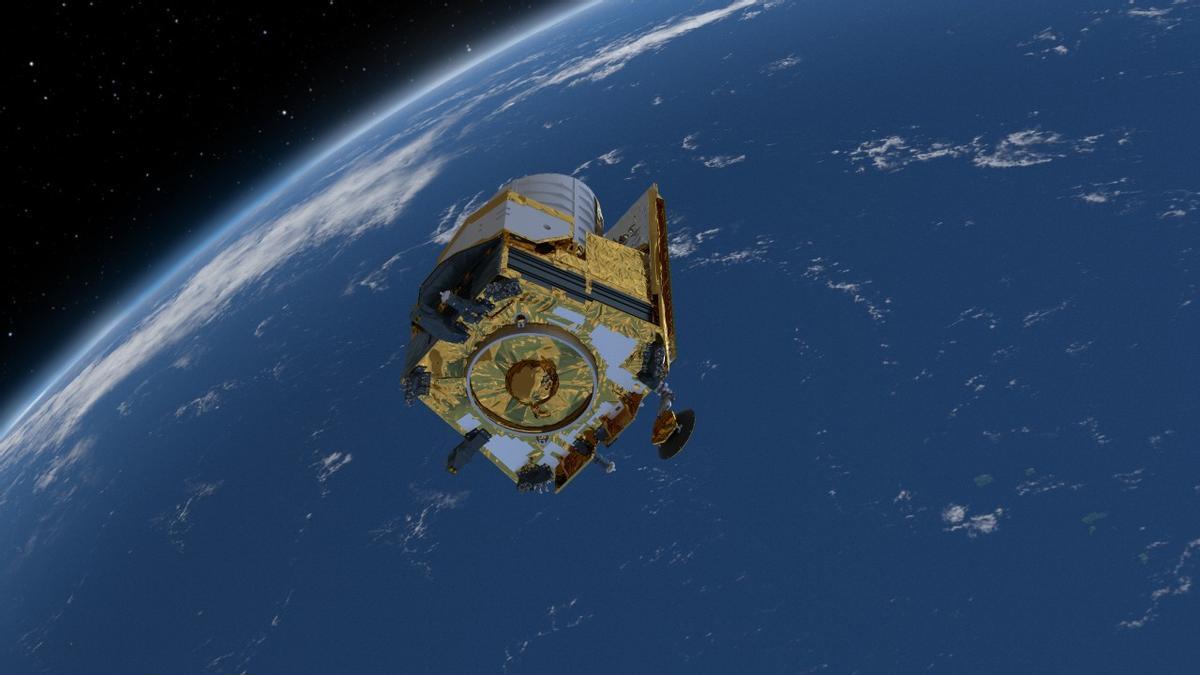The European Space Agency plans to launch this Saturday, July 1, the Euclid telescope, a scientific mission that aims to create the largest and most accurate 3D map ever made of our universe and shed light on the so-called «dark components» of the cosmos. The project will take off at around 5:11 p.m. (Spanish peninsular time) from the Cape Canaveral spaceport in Florida (USA).
The mission of this new telescope will be observe billions of galaxies until distances of ten billion light yearsprecisely measuring the position and shapes of galaxies in visible light and inferring their distances, as indicated by the Institute of Astrophysics (IAC) in a statement.
Euclid will help us explore how has the universe expanded and how its structure has formed throughout cosmic historywhich may reveal more about the role of gravity and the nature of dark energy and dark matter», explained the ICE-CSIC, IEEC researcher and member of the board of the Euclid Consortium, Francisco Castander.
«Euclid will help us explore how the universe has expanded and how its structure has formed throughout cosmic history»
Francisco Castander
According to current models, these dark components represent about 95% of the matter and energy content of the universe, and emerge from the movement and distribution of visible sources, such as galaxies, although they do not emit or absorb light. For this reason, science has not yet been able to determine what they are.
spanish collaboration
Spain has formed part of the Consortium that has promoted the mission from its origin and has participated in the instrumental development of the project and will contribute to scientific exploitation. So, various Spanish institutionsamong which is the IAC, have worked for more than eleven years on this mission. The Institute has collaborated in the design, construction and validation of the control electronics of one of its two on-board instruments.
Combining sensitivity, spatial resolution, data homogeneity Euclid’s spectral information is intended to be useful for many areas of astrophysics. «The data from the mission obtained an extraordinary legacy that will allow us to expand our knowledge about the formation and evolution of galaxies and, in particular, of the less luminous stars of the Milky Way«, points out the director of the IAC and also a member of the board of directors of the Euclid Consortium, Rafael Rebolo.
«The data from the mission received an extraordinary legacy that will allow us to expand our knowledge»
Rafael Rebolo
space odyssey
Related news
After a month of traveling through space, the telescope will reach its destination to orbit at the second Lagrange point (L2) of the Sun-Earth system, 1.5 million kilometers from Earth in the opposite direction to the Sun.
There, Euclid capture solar energy to supply energy and at the same time point your telescope into deep space. Then, for about two months, different tests were carried out to verify that all its components and instruments work correctly. Finally, three months after takeoff, Euclid will begin to map the dark universe during the six years that the mission is expected to last.

